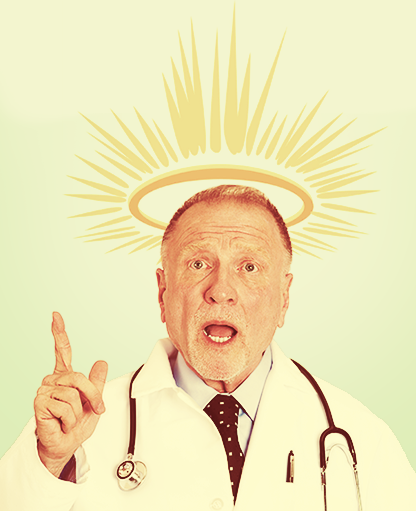
A little joke used to circulate among my generation: A woman dies and goes to heaven. Waiting on a long cafeteria line to pick up lunch, she sees a man in hospital scrubs, with a stethoscope around his neck, boldly step right to the front of the line. “Who does that doctor think he is?” she indignantly asks the man standing in back of her. “Oh, that’s God. He just thinks he’s a doctor,” the man explains.
We used to think
that was pretty funny, because we grew up thinking doctors
were Gods.
Our mothers revered them and hung on their every word when we were sick. If someone in our family was a DOCTOR, he was considered a rich relative. Of course, it would be a great accomplishment if we married a doctor. (A dentist was the next best thing.)
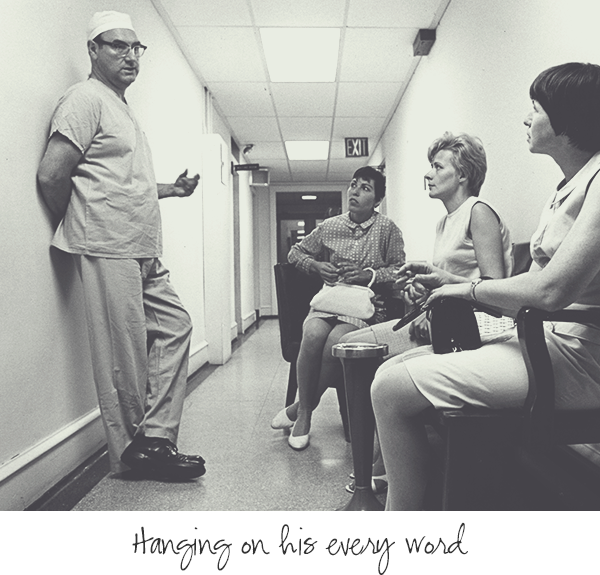
We automatically became part of the doctor cult when we became mothers. I instinctively called the pediatrician for guidance and reassurance every time my baby boy had a temperature spike, unfamiliar cough or uncommon bowel movement. It goes without saying that we, too, unreservedly trusted our doctors about our own health.
Until we didn’t. Somewhere during the last couple of decades, the ‘boomer’ generation (of women, especially) started taking charge of our own bodies, just as we’ve taken charge of our careers, our lifestyles, our finances, and a whole lot more.
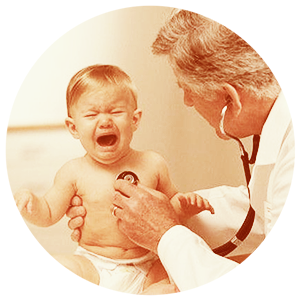
Doctors misdiagnosed my dad’s advanced melanoma in 1988, claiming it was “salmonella.” A dermatologist told me the rash on my stomach looked like “syphilis,” when I was 23 and had never slept with anyone but my 23-year-old husband, who surely didn’t have syphilis. My son’s godly pediatrician turned ungodly when he adamantly and repeatedly claimed four-year-old Colby had a “bad cold,” which, in fact, was pneumonia. And we only discovered this when I insisted Dr. S do a chest X-ray on my coughing and feverish little boy. Antibiotics cured the pneumonia in days and the experience started curing my case of Doctor Worship.
Of course, the internet is jam packed with medical information, and while much of it is general, filled with inaccuracies, or just plain hogwash, it at least can prompt us to question our doctors, literally and figuratively.
Most doctors do not like that, including
the old timers who have been Gods for so long, as
well as many boomer doctors, who grew up thinking they’d become Gods when they received their MDs.
(Ironic that boomer doctors don’t get it!)
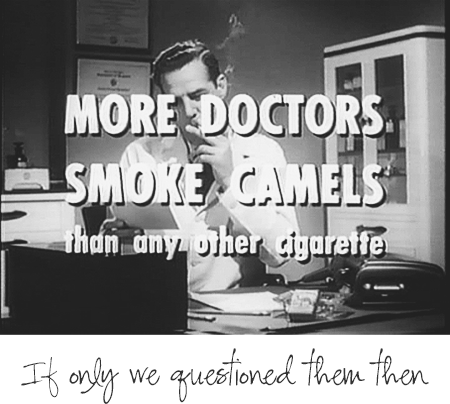
Personal case in point: I started seeing a cardiologist within the last few years, who specializes in women and heart disease. She’s especially interested in teaching women how to protect their heart health. The visit wasn’t prompted by bothersome symptoms, but I believe it’s important for women to have their hearts checked properly, since heart disease is our Number One killer.
My blood workup indicated my “bad cholesterol” increased beyond the “normal range,” although it wasn’t out of sight. My “good cholesterol” and triglyceride levels remained excellent. Dr. G immediately told me I “needed” to take a statin drug, which would make my bad cholesterol less bad and lower my risk for heart disease. Although I filled the prescription and started taking the medication, the more I read about statins, the less I wanted to take them.
Without getting into a diatribe about statins, one of their lovely side effects can be diabetes. Since my mom had diabetes, I have a predisposition to it. When I told the doctor my concerns, she said: “We actually prescribe statins for people with diabetes.” I didn’t quite understand what that had to do with me, and I didn’t question her further. I simply decided to stop taking statins.
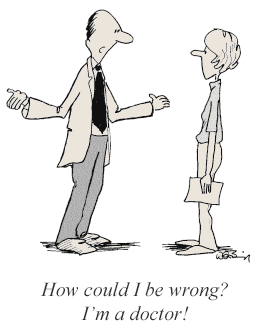
Since then, I’ve interviewed a top Chicago woman’s heart specialist for FabOverFifty, who introduced me to an online test that determines a patient’s risk for developing heart disease or suffering a stroke. After plugging in my blood pressure (normal), good cholesterol and triglyceride levels (excellent), and a few other numbers, I clicked the button and anxiously waited a few seconds for the results. Good news! I’m highly unlikely to get heart disease, based on my profile, and I’m NOT A CANDIDATE FOR STATINS, EVEN FOR A MILD DOSE. I double-checked with the Chicago doctor, who confirmed my results. Interestingly, the test doesn’t even ask for LDL levels, because it’s the HDL that keeps plaque from forming in our arteries.
When I emailed my doctor about the test, she responded that “it’s not valid for people over 59.”
“Incorrect,” I emailed back. “If you’re over 59, it will only assess your 10-year risk versus your lifetime risk. At 67, I’ll take the 10-year-risk.”
She never responded.
I’m not interested in one-upping someone who went to four years of medical school, internship, residency and other grueling training she needed to become a heart specialist. All I’d like is for her to recognize that she shares something very important with her patients. She, too, is a human being.
And human beings do make mistakes, even when they have M.D. in back of their names.





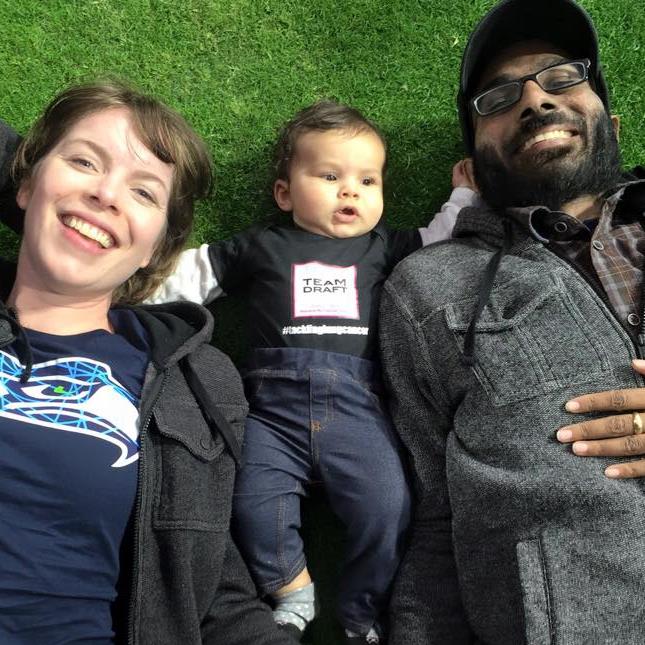


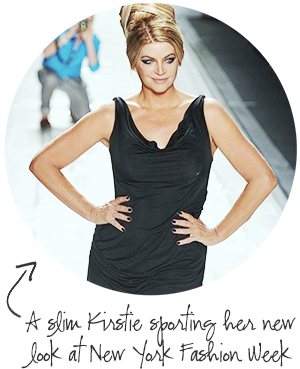
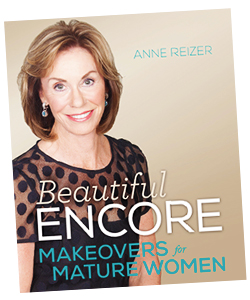
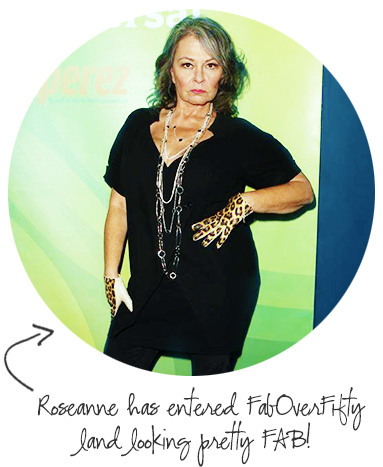 to give up—to let apathy dictate that we let go of our curiosity and our commitment to looking good?”
to give up—to let apathy dictate that we let go of our curiosity and our commitment to looking good?”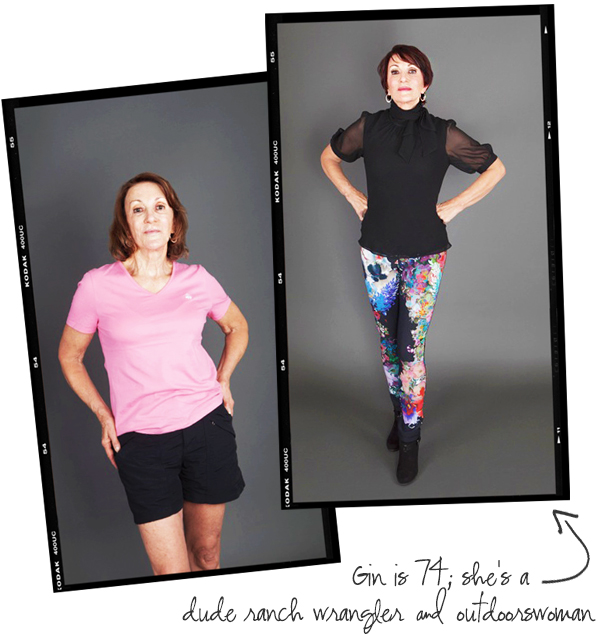
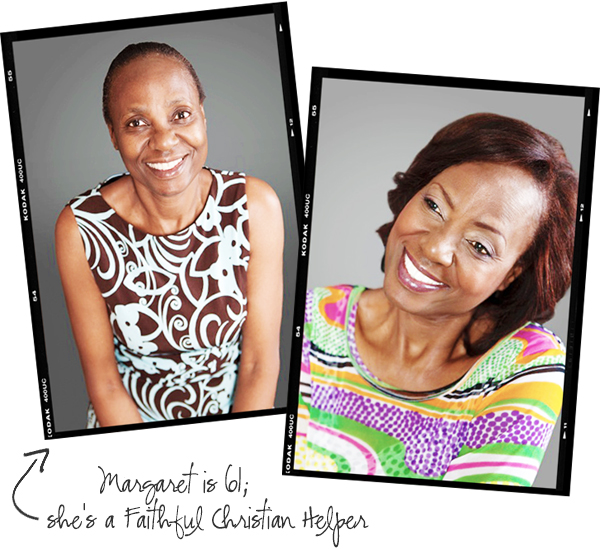
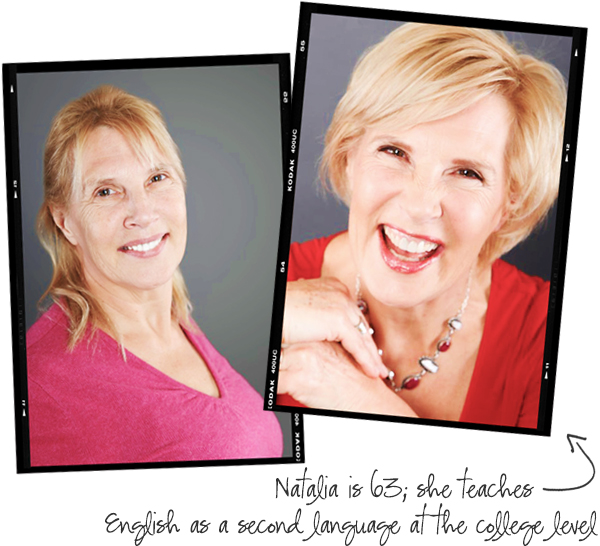
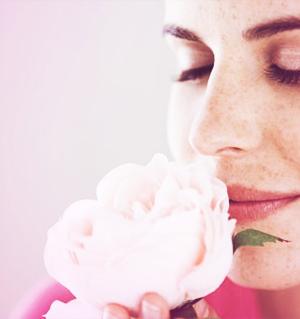
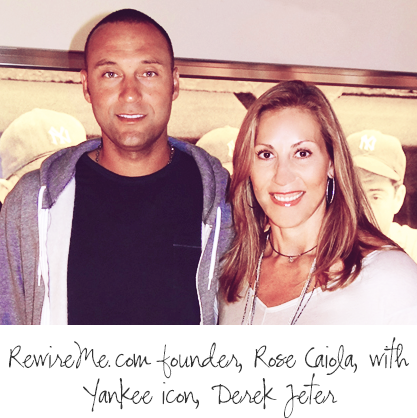 and to connect the wires that can turn on our power to happily move ahead in our lives.
and to connect the wires that can turn on our power to happily move ahead in our lives.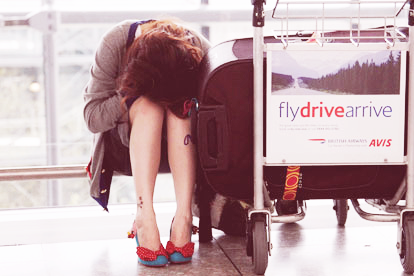 clever and entertaining video that explores the causes and cures for stress
clever and entertaining video that explores the causes and cures for stress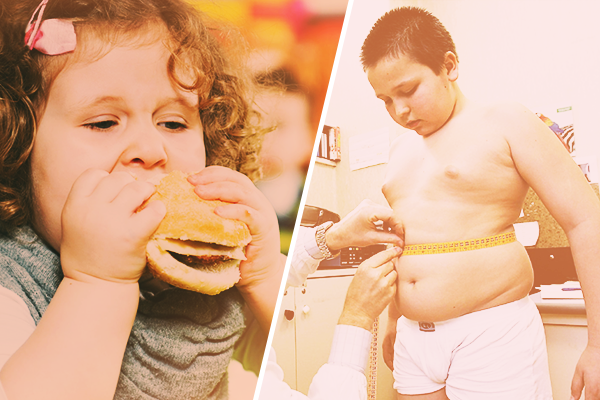
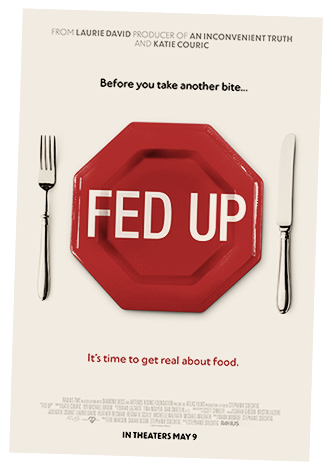
 around practically every corner they turn. And certainly not our children.
around practically every corner they turn. And certainly not our children. They re-engineered their food with less fat and fewer calories, but began dumping in more sugar to make it taste better. Otherwise, the food would have tasted like cardboard. That’s when the marketing gurus stepped in and designed labels that made bold statements, such as: “Now with half the fat and one-third fewer calories.” What the labels didn’t say was that the re-engineered food contained twice the sugar. The upshot? Americans doubled their daily intake of sugar from 1977 to 2000.
They re-engineered their food with less fat and fewer calories, but began dumping in more sugar to make it taste better. Otherwise, the food would have tasted like cardboard. That’s when the marketing gurus stepped in and designed labels that made bold statements, such as: “Now with half the fat and one-third fewer calories.” What the labels didn’t say was that the re-engineered food contained twice the sugar. The upshot? Americans doubled their daily intake of sugar from 1977 to 2000.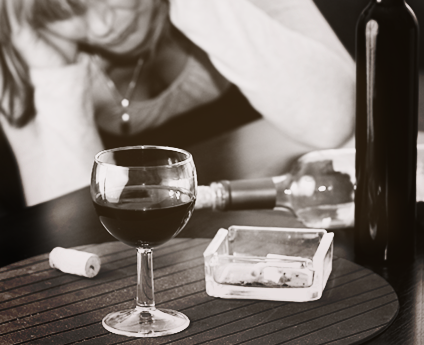
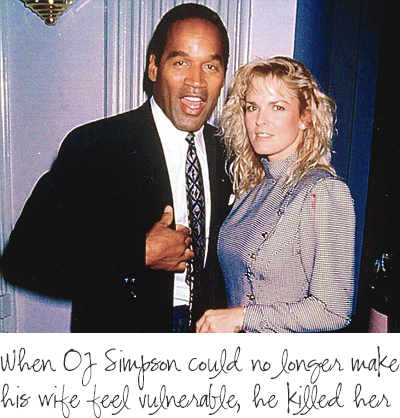 It’s consistently reported, for example, that over 85 percent of those who go through drug or alcohol rehab fail and return to their addictions. But, without help, where would the 15 percent be?
It’s consistently reported, for example, that over 85 percent of those who go through drug or alcohol rehab fail and return to their addictions. But, without help, where would the 15 percent be?




